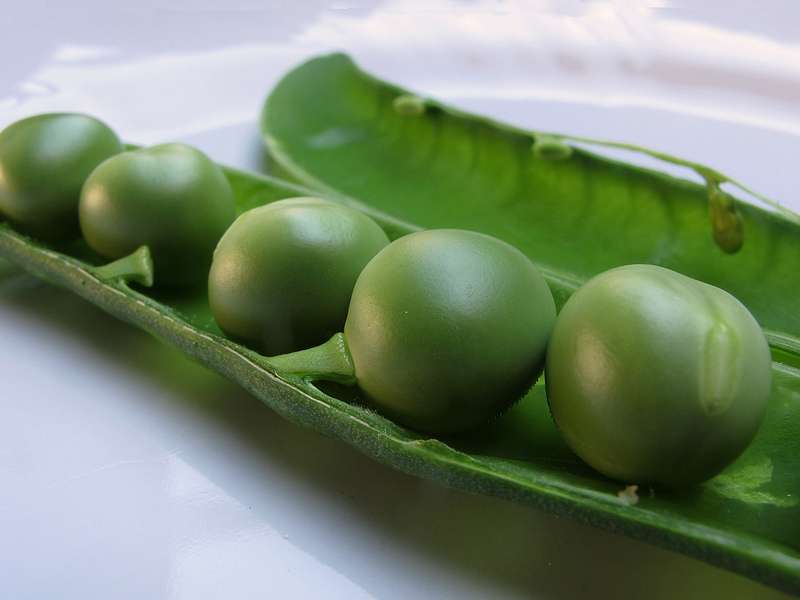Plant breeders take a leaf from livestock playbook

In what is being called a global first, UWA scientists have developed a way of breeding the best crop varieties similar to how quality livestock has been produced in the past.
UWA Institute of Agriculture researcher Professor Wallace Cowling says the technique applies an animal breeding model to self-pollinating crops, which could speed up improvements in yield and disease resistance.
"We start by identifying the best varieties in year two after crossing, perhaps the best 100 out of 1000," he says.
"We genetically cross those, in a similar way to breeding with the best 10 per cent of animals, be it the fastest horses or the best milk producing cows.
"Every two years we repeat the process. That means that in 10 years we can do five cycles of crossing and selection, in the same time as one cycle based on traditional breeding methods."
Prof Cowling says the key is linking the data together across selection cycles.
This method is not normally done with self-pollinating crops, such as rice, wheat, oats and barley.
He says the process does not change 'pure line' production which are released to farmers as superior varieties, but that the technology will result in better varieties sooner.
Method adds to 30 years' worth of animal selection
"In traditional plant breeding, pure line varieties are normally used in crossing to start the next cycle of selection. It can take up to 10 years to identify a superior pure line for crossing," he says.
"Our method builds on the very solid theory of selection in animal breeding, which has been developed over the past 30 years."
Recently the researchers focused on field peas (Pisum sativum) which are very highly selfing, and if the flowers are protected they will mature into pods of seeds.
Normally, breeders allow selfing to continue for several years and then select on pure lines.
"We selected pea cross progeny for resistance to black spot, a fungus that attacks the leaves, and then harvested the self seed at the end of the year. The most resistant plants were intercrossed based on their self seed," Prof Cowling says.
An analysis of two selection cycles predicted the new breeds were much more resistant to black spot.
"This procedure showed, for the first time, that the animal model could be used to accelerate genetic progress for a complex low heritability trait," he says.
The researcher plan to further develop the methods for all traits in selfing crops like seed quality and yield.
Provided by Science Network WA




















